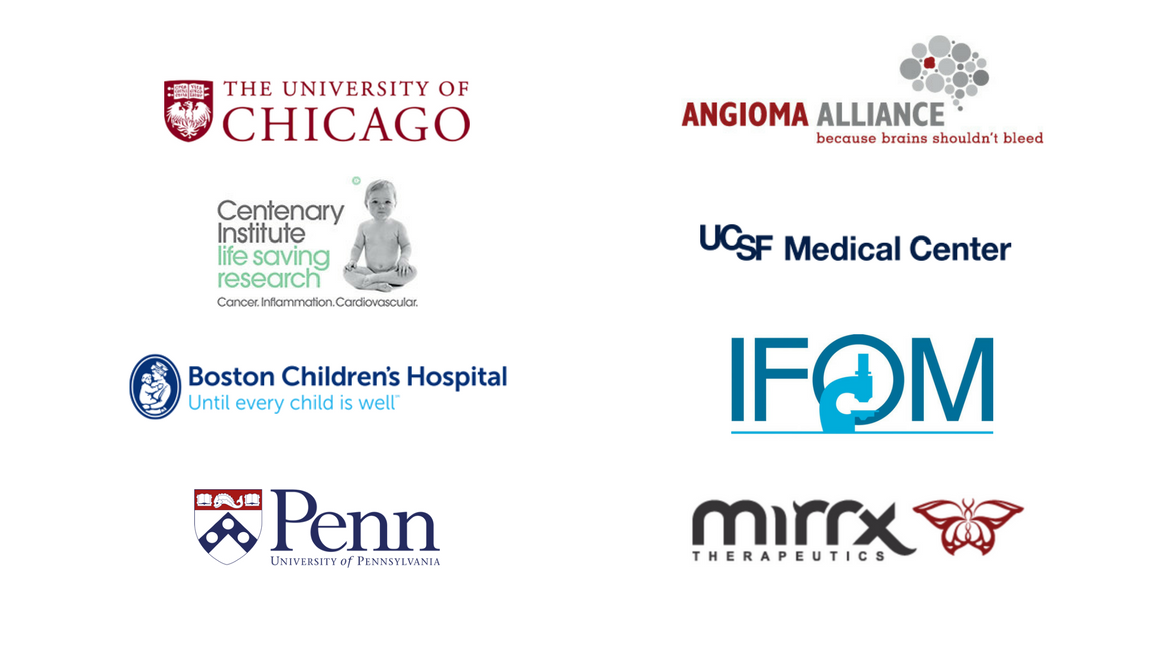The role of Adamts in Cerebral Cavernous Malformation (CCM) disease
In the project above, I planned to test whether genetically and pharmacologically inhibiting Adamts in CCM disease can be utilised as a therapeutic target for Cerebral Cavernous Malformations (CCMs). Since I received the grant, I have identified an FDA approved drug, Ponatinib, which can effectively target MEKK3-KLF-ADAMTS pathway to prevent CCM formation and growth in…
Collaboration between Duke University, University of Chicago, and the Barrow Neurological Institute
Repurposing Propranolol as Potential Therapy for CCM The goal of [Dr. Doug Marchuk’s] research lab [at Duke University School of Medicine] is to understand the underlying mechanisms of CCM formation, to use this knowledge to generate a mouse model of the disease that faithfully copies the features seen in the human disease, and finally, to…
What is a Cavernous Malformation?
An Introduction to Cavernous Malformation by Joseph M. Zabramski, MD (Professor Neurological Surgery, Barrow Neurological Institute, Phoenix, AZ). The goal of this article is to provide a basic introduction to cerebral cavernous malformations. This will include a description of these lesions, their frequency in the adult population, the risks they pose to those effected, and the presently…
Understanding Benign
I was the idiot that said, “Oh it’s benign? Thank God it’s not cancer!”. Helpful? No. Did it occur to me that maybe benign doesn’t always mean safer…easy…better…kind? No. Did it occur to you? Probably not. Unless you were the one sitting in the chair getting told your results by a concerned doctor. Guess what? …

Be Brave for Life Awards $150,000 in Micro-Grants, April 2018
Be Brave for Life is excited to announce that we just awarded $150,000 in Micro-Grants to 8 deserving benign brain tumor and cerebrovascular disease research initiatives

